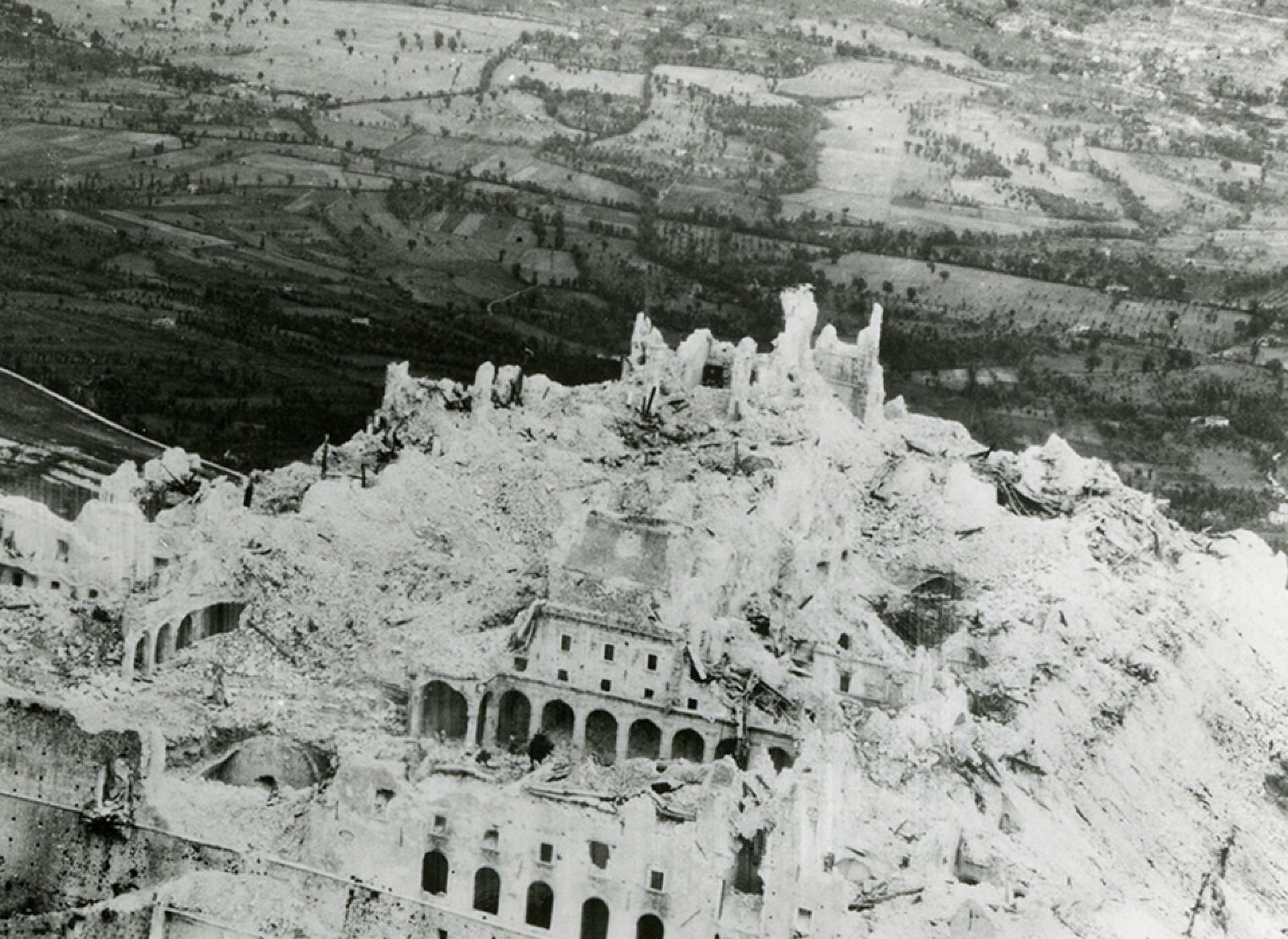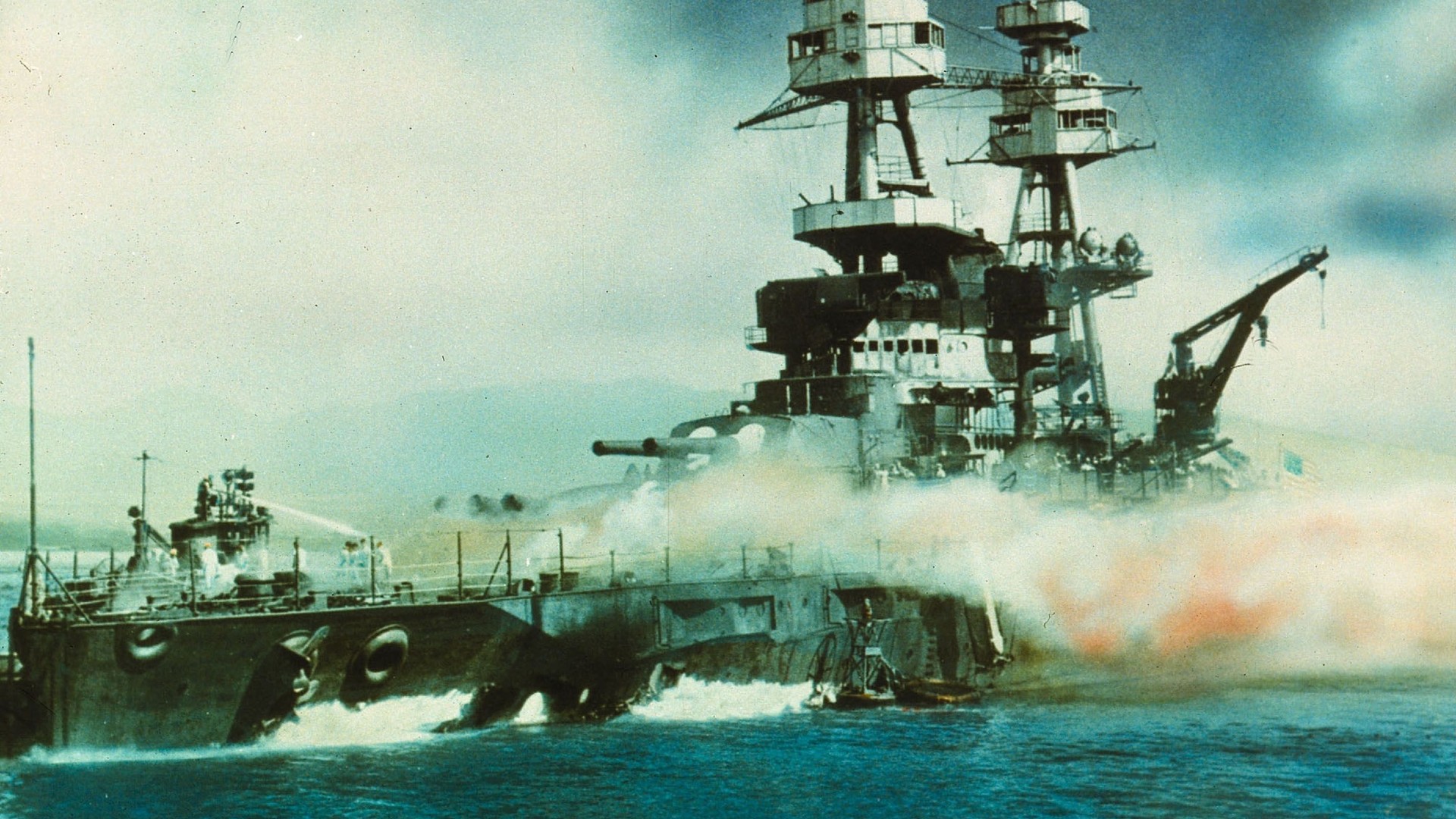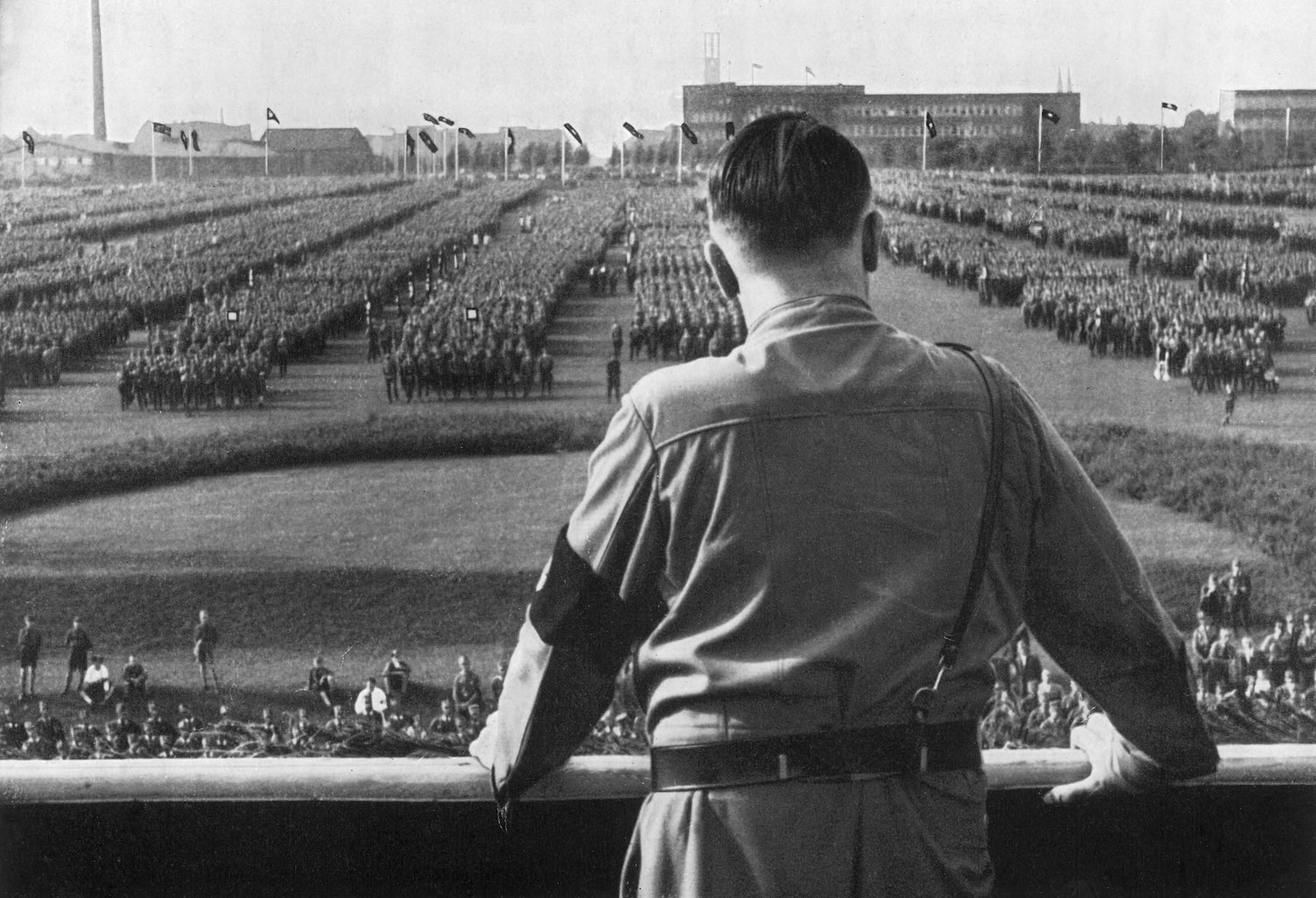Battle of Monte Cassino: The Destruction of Monte Cassino
The Battle of Monte Cassino took place in and around the town of Cassino, located in central Italy. The focal point of the battle was the strategically important Monte Cassino, a hill featuring the historic Abbey of Monte Cassino.






